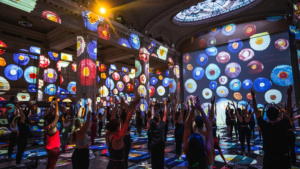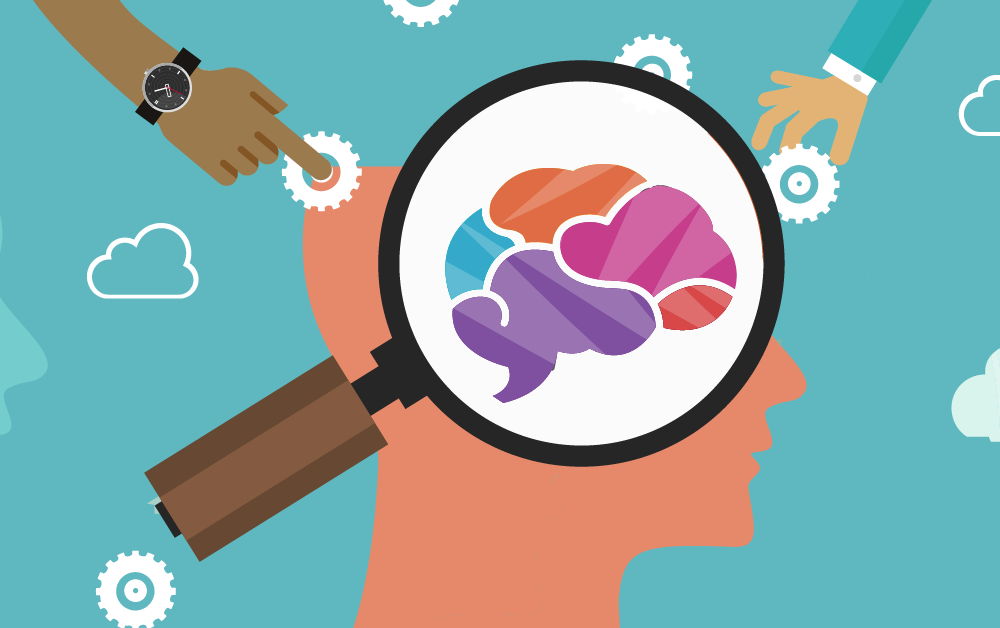In today’s highly competitive industry, capturing the hearts and minds of consumers has become more challenging than ever. This is where the psychology of brand activation comes into play, offering a compelling method to connect with your audience on a profound level. We will delve into the key psychological principles highlighting successful brand activation strategies and provide insights into how you can harness them for your brand’s benefit.
Effective brand activation relies on numerous factors beyond the mere use of events to build brand awareness among target consumers. Brands cannot simply create events and expect consumers to be immediately drawn to and attached to them. While there is no exact mathematical formula for executing the perfect brand activation, a substantial part of its success relies on understanding behavioral psychology in marketing and how crafting specific sensory experiences can ultimately influence consumers’ perception of a particular brand. For instance, the color and appearance of pop-up elements can significantly enhance emotional engagement in marketing, when used correctly.
The Neuroscience Behind Brand Activation
Neuroscience is the field responsible for explaining the direct relationship between the brain and branding. As evidenced by multiple fMRI scan results, customers exhibit greater brain activation about emotions and memory, consequently leading to more opportunities for brand subscriptions and future purchases by understanding the relationship between neuroscience and marketing. Having a profound comprehension of the human brain functions is crucial for crafting specific marketing techniques to effectively reach the intended audience.

Copyright: BFA
Maslow’s Hierarchy of Consumer Needs
Abraham Maslow proposed that individuals must first satisfy lower-level needs before progressing to higher-level ones. In today’s context, brands need to comprehend how to tap into these basic needs when crafting their events and understand consumer decision-making in marketing. When addressing psychological needs such as food, water, warmth, and rest, brands can include product samplings and food tastings, especially in events held in high-temperature environments. For example, at Coachella 2023, the vegan hair care brand Love Beauty and Planet created a brand activation that featured ‘misting tents. The experience aimed to offer relief from desert weather and showcase the brand’s natural fragrances
Safety needs, the second level in the hierarchy of needs, may be addressed by vehicle brands when they focus on customer needs for safety and security in their narratives. The third level of the pyramid, which encompasses social needs, can be fulfilled by showcasing videos or testimonials about people’s positive experiences with the brand and including activities that make customers feel part of a larger community. In 2022, Equinox partnered with Hall des Lumieres to host six weeks of vinyasa yoga sessions surrounded by the venue’s newest installation, Gustav Klimt: Gold in Motion. This created an experience where people came together for fitness purposes while also promoting both brands.
Brands can fulfill steem needs by creating activations that center around self-improvement workshop events, akin to how Dove organized an event designed to empower women to embrace their unique beauty. At the top of the pyramid are the self-actualization needs, which include achieving one’s full potential. Brands often meet these needs by sponsoring marathon events, and connecting with consumers through the fulfillment and accomplishment of personal goals. In 2019, The Voluntary Health Insurance Board, during their mini marathon in Dublin City, decided to display personalized motivational messages at the 8km mark.

Multi-Sensory Elements
When crafting brand events, companies should incorporate multi-sensory marketing elements to foster emotional engagement in marketing. Creating experiences that enable consumers to establish connections with brands by stimulating their senses and aligning this with storytelling techniques is imperative for cultivating habits and fostering brand loyalty. Ensuring consistency and avoiding sensory overload are two crucial aspects to consider when integrating these elements into various activations.
A prime illustration of this approach is exemplified by Mercedes-Benz. Last year, in its Mercedes-EQ Experience Brand Centers located in New York City and Santa Monica, CA, the company ingeniously integrated sensory elements into its brand activation. The aim was to immerse attendees in its electrification efforts while highlighting the audio component of its electric car lineup. To achieve this, they partnered with Sirius XM and Studio Resonate for a one-day event that featured the “audio chemist” Steve Keller. This event combined elements of a TED talk and a silent disco, providing participants with a sensory experience that enlightened them about the brain’s inclination for auditory processing. It also emphasized the profound impact of sound on an individual’s physical and mental well-being, as well as illustrating how the human brain utilizes sound to influence and interact with other sensory experiences.
Conclusion
In essence, psychology and marketing are intrinsically intertwined when it comes to the creation and execution of brand activations. Recognizing that to reach the hearts of clients, one must first engage their minds is a fundamental principle for the development of successful brand events that, in turn, enhance brand awareness.
Resources:
https://www.linkedin.com/pulse/psychology-effective-brand-activation-tony-youssef/
https://www.eventmarketer.com/article/five-strategies-audio-centric-activations/
https://diousa.com/blog/multi-sensory-marketing-brand-experiences-activate-the-5-senses/

